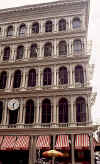 |
New York
Architecture Images-Soho E.V.Haughwout Building Landmark |
|
|
architect |
John P. Gaynor, with iron work by Badger Iron Works | |
|
location |
488-492 Broadway | |
|
date |
1856 | |
|
style |
Renaissance Revival | |
|
construction |
Cast Iron Facade | |
|
type |
Shop | |
|
|
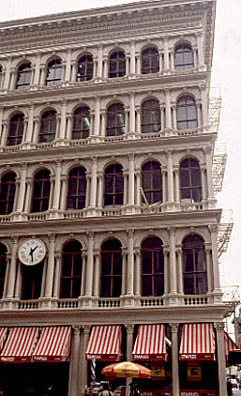 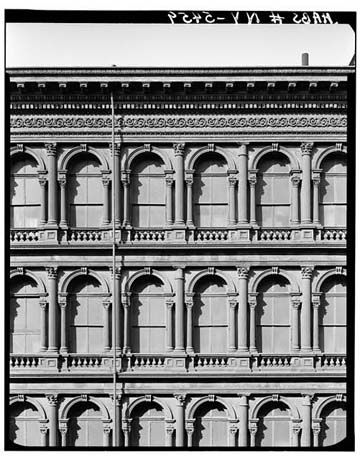 |
|
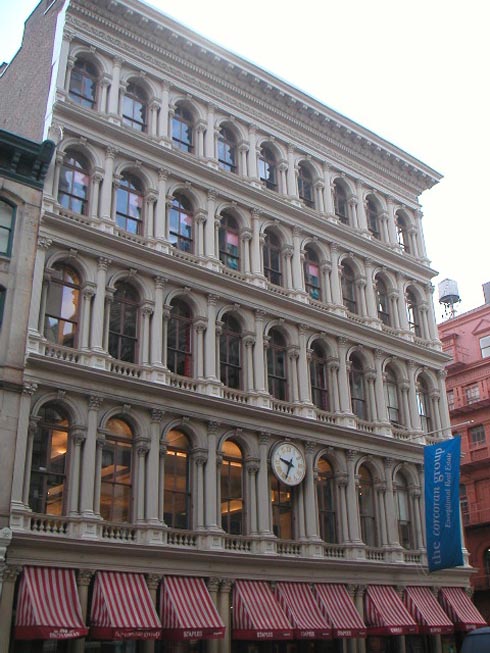 |
||
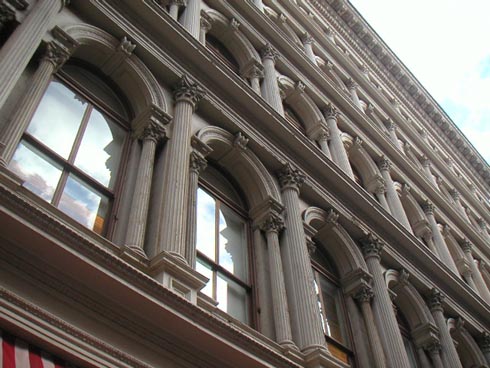 |
||
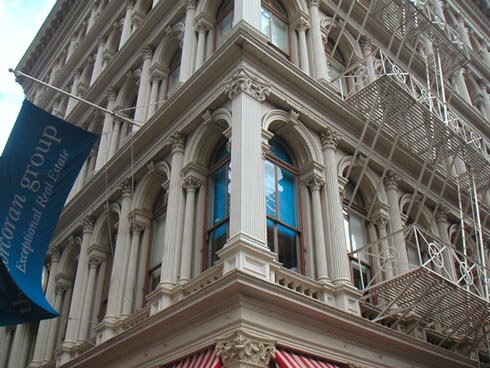 |
||
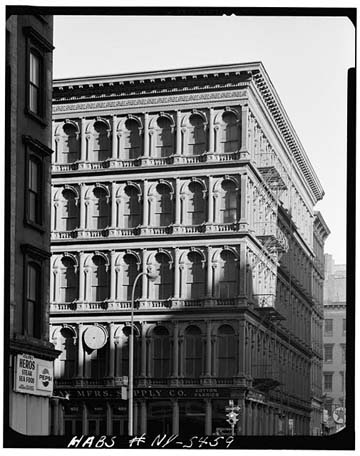 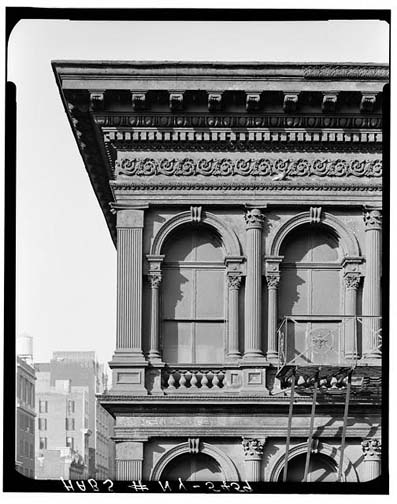 |
||
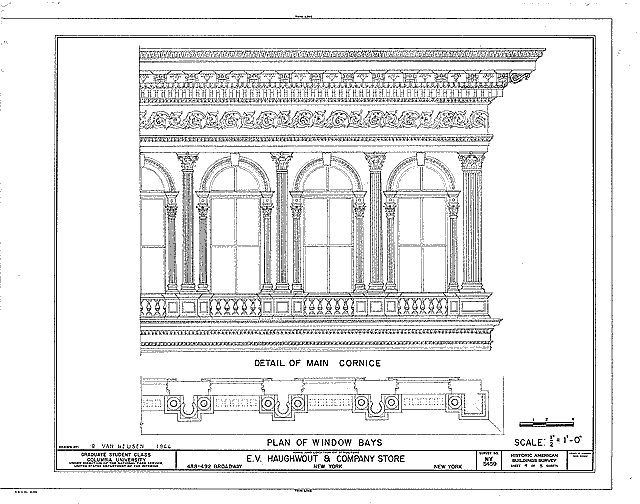 |
||
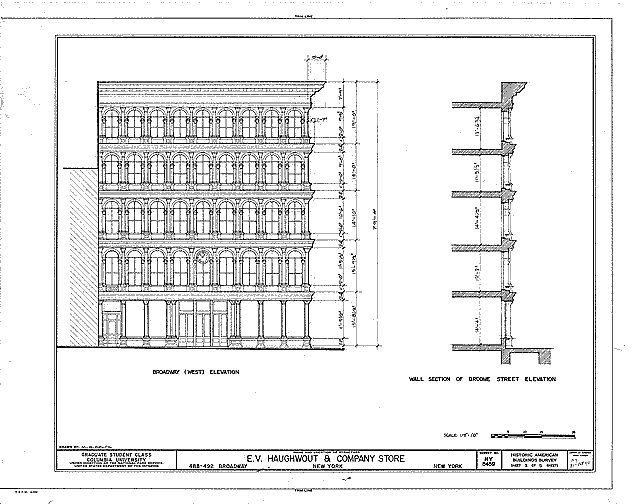 |
||
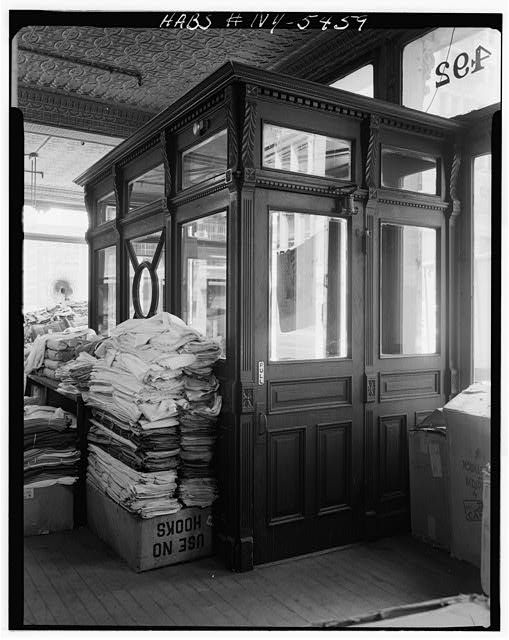 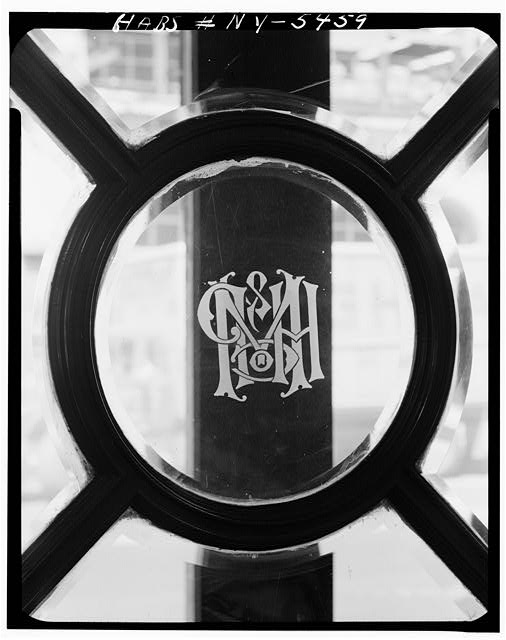 |
||
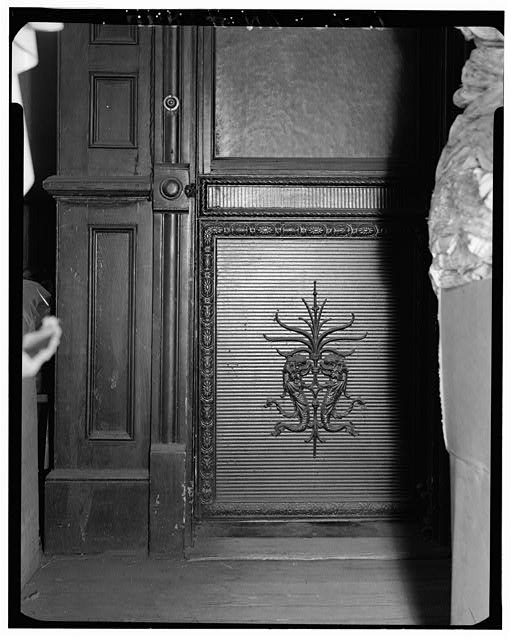 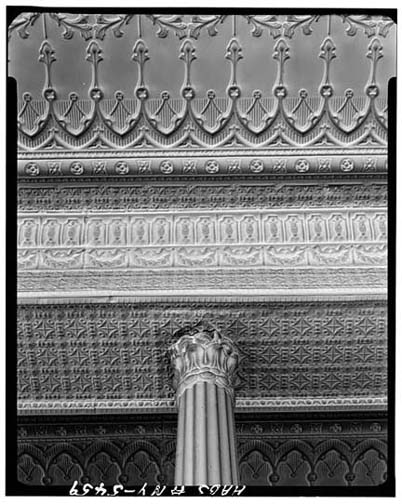 |
||
|
notes |
Venice on
Broadway in buff? Not to you and me, but to the architect, the chinaware
dealer Haughwout and the shopping public, this was Ruskin's Venice. This
emporium devoted to tableware included probably the first commercial Otis
elevator, which has since been removed. The store has two cast-iron facades
as it is a corner building. It usherd in the city's first fashionable
housewares district around Broome Street.
The Haughwout Building was built in 1857, designed by architect John Gaynor who was inspired by the San Sorvino Library located on the Piazetta in Venice. The cast iron was forged at Daniel Badger's famous foundry, Architectural Ironworks, located along the East River. Its entire facade is comprised of 92 keystone arches crowned by an entablature comprised of several bands of intricate friezes. The facade was handsomely renovated at great expense several years ago. The building featured the world's first passenger elevator, powered hydraulically, designed and installed by Elijah Armstrong Otis. The Haughwout Emporium was world famous in its day as manufacturers and purveyors of cut glass, porcelains, mirrors , chandeliers and more. Their clients included the Lincoln's, who purchased a service for the White House, the Czar of Russia, the Imam of Muscat who purchased chandeliers to illuminate the royal harem. Gifts from Haughwout's were presented to the Emperor of Japan and King Rama IV of Siam in the age of gunboat diplomacy.
|
|
|
links |